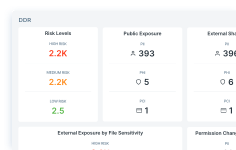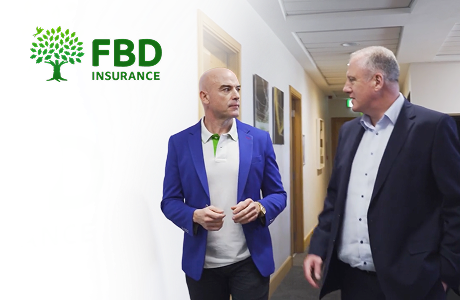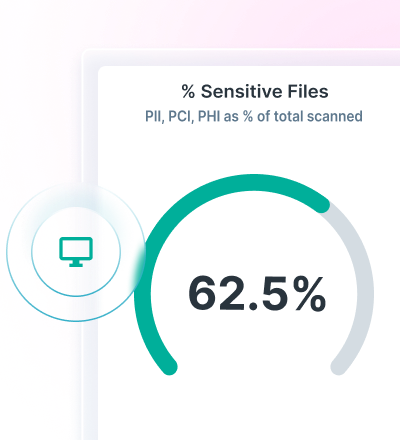X-Labs
Get insight, analysis & news straight to your inbox

The Human Side of Cybersecurity: Q3 To The Point Podcast Recap

Lionel Menchaca
November 18, 2025

Invisible Prompts Turn AI Summaries into Attack Vectors

Prashant Kumar
November 17, 2025

How AI is Fueling a New Wave of Black Friday Scams

Lydia McElligott
November 14, 2025

5 Top Takeaways from the Gartner DSPM Market Guide

Tim Herr
November 12, 2025

Best Data Security Software for Businesses in 2025

Lionel Menchaca
November 11, 2025

DSPM vs CSPM vs SSPM Comparison: Picking the Right One

Tim Herr
November 11, 2025

Complete Guide to Data Access Governance for Modern Enterprises

Lionel Menchaca
November 10, 2025

Why DSPM Is the Missing Link for Data Security

Tim Herr
November 6, 2025

Comparing the Top Data Access Governance Vendors

Lionel Menchaca
November 5, 2025

FBD Insurance Achieves Data Visibility with Forcepoint

Tim Herr
November 3, 2025

Reality Secured: Why the Future Demands Data Security Everywhere

Salah Nassar
October 31, 2025













